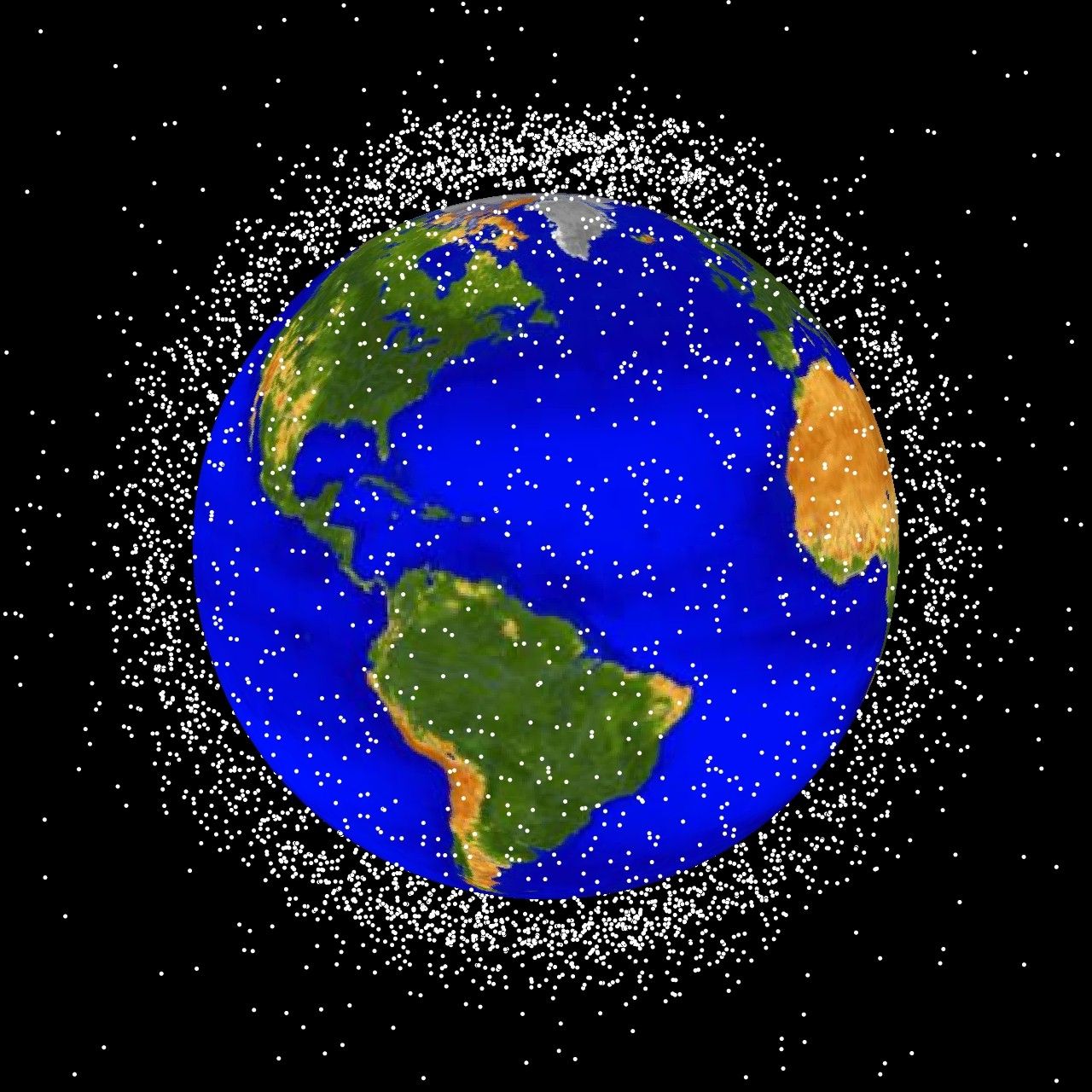According to latest reports, an international team of astronomers comprising of researchers and scientists with the assistance of NASA’s Kepler K2 mission have discovered a treasure trove, which confirms the existence of 100+ Exoplanets.
Even though the Kepler K2 mission unraveled 197 initial planets, the scientists who participated in the discovery confirmed the presence of 104 planets outside our solar system.
The research study also confirmed the existence of a planetary system, which comprises of four promising planets that could be rocky. These four planets are 20 to 50 percent larger than Earth when measured by diameter. Meanwhile, they are seen orbiting the M dwarf star K2-72, which was located 181 light-years away directly in the path of the Aquarius planet.
When inspected the host star is less than half the size of the sun and less bright. However, the planet’s orbital periods range from 5.5 to 24 days of aggressive activity. There are reports that two of the stars will have potential irradiation levels equivalent to that of the Earth.
Commenting on the discovery, Ian Crossfield, a Sagan Fellow at the University of Arizona’s Lunar and Planetary Laboratory in Tucson revealed that the possibility of the existence of life surrounding the planet around the discovered star can’t be ruled out.
Both Kepler and its K2 mission were able to discover new planets by accurately measuring the subtle decrease in a star’s brightness. This is mainly caused by a planet passing in front of its star.
Initially, Kepler managed to conduct a survey of just one patch of sky in the northern hemisphere. This determined the total frequency of planets whose size and heating levels will be more or less similar to that of Earth, which orbits stars similar to our Sun.
In the Kepler K2 mission conducted in 2013, the spacecraft lost its power to precisely find its original target area. However, the researchers were able to successfully fix the bug by creating a second life for the telescope. After the application of the fix, the K2 mission showcased an ecliptic field of view for observatories based on Earth in both the northern and southern hemispheres.
Responding to media, Steve Howell, project scientist for the K2 mission at NASA’s Ames Research Center in Moffett Field, California disclosed that the Kepler K2 mission highlighted the targeted scrutiny of both bright and nearby stars.
The discovery of 100+ Exoplanets by Kepler K2 mission was conducted jointly by the Jet Propulsion Laboratory funded by NASA via the Sagan Fellowship Program, which is given by the NASA Exoplanet Science Institute.




[…] the OSIRIS-Rex, NASA plans to learn more about Bennu. The OSIRIS-REx will collect samples of material from the surface of the asteroid and bring […]